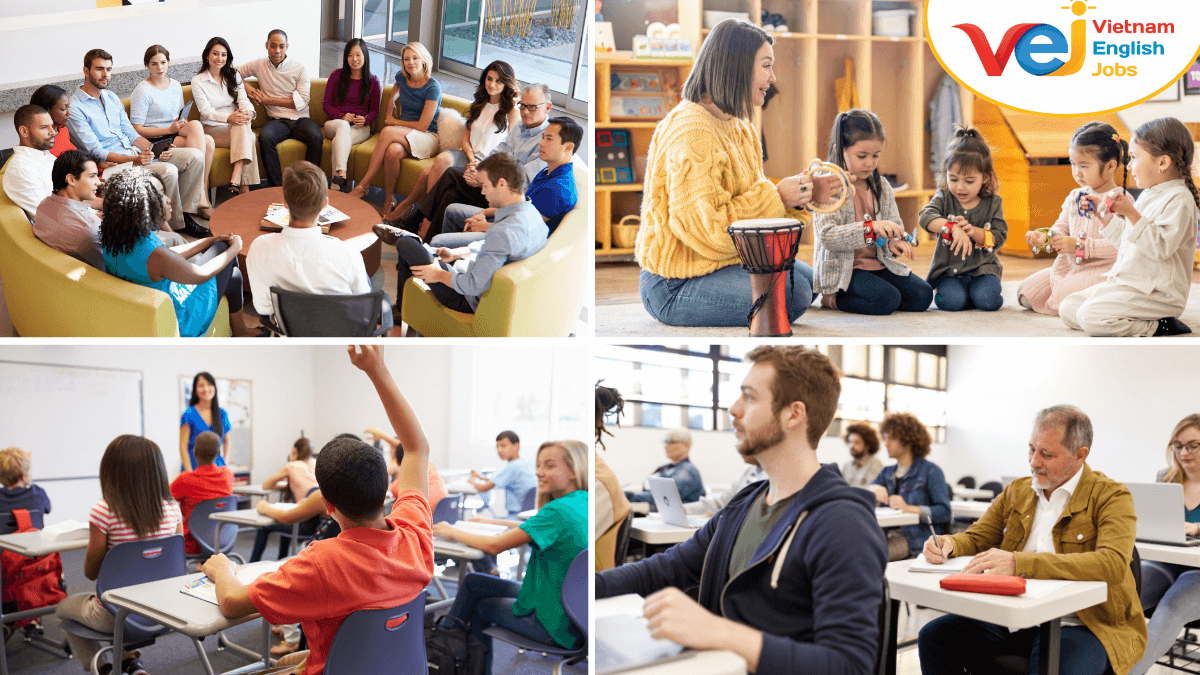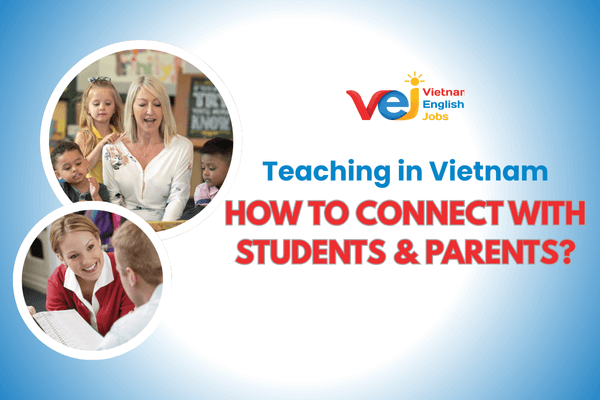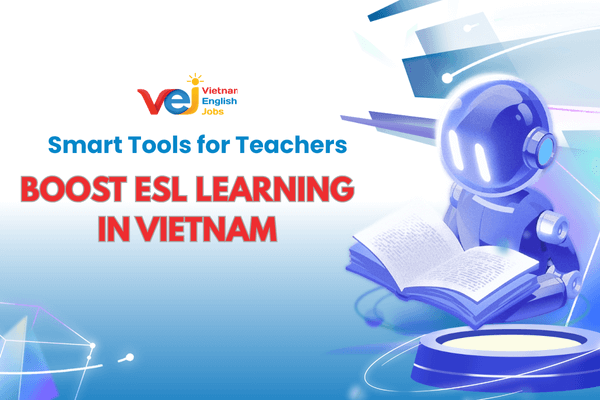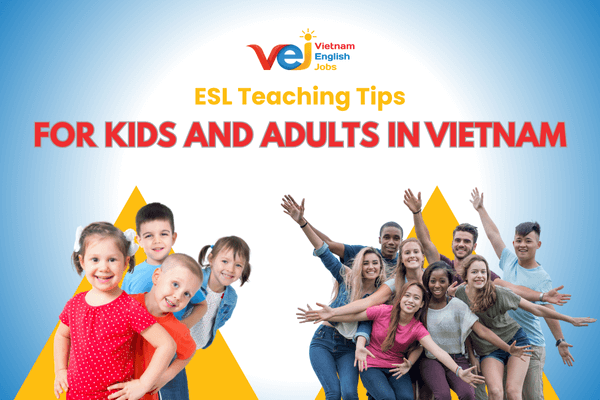Creative ESL Activities That Work Well with Vietnamese Students
Teaching English in Vietnam is both exciting and rewarding. Vietnamese students are hardworking, eager to learn, and highly motivated, but they also thrive best when lessons are interactive and engaging. Traditional textbook-based learning can sometimes feel repetitive, which is why foreign teachers often look for creative ESL activities to bring lessons to life.
In this article, we’ll explore practical and fun ESL activities that are especially effective with Vietnamese learners, from young students to teenagers and even adults.
1. Role-Plays and Real-Life Scenarios
Vietnamese students enjoy activities that connect English to real-life situations.
- Example scenarios: ordering food in a restaurant, asking for directions, shopping at a market.
- Benefits: builds confidence, improves speaking fluency, and makes learning more practical.
* Teaching Tip: Use props like menus, fake money, or maps to make role-plays more authentic.

2. Group Competitions and Team Games
Vietnamese students are highly social and love friendly competition.
- Popular games: Jeopardy-style quizzes, Kahoot, or classroom board races.
- Benefits: encourages participation, reduces shyness, and boosts energy.
* Teaching Tip: Divide the class into small teams to ensure everyone is involved, not just the strongest students.

3. Storytelling and Creative Writing
Encouraging students to create stories helps improve vocabulary, grammar, and imagination.
- Younger students: finish-the-story games with pictures.
- Teenagers: write short dialogues or stories based on prompts.
- Adults: creative essays, blogs, or opinion pieces.
* Teaching Tip: Use Vietnamese cultural themes (e.g., Tet holiday, traditional food, local legends) to make writing tasks more relatable.

4. Music and Songs in the Classroom
Music is a universal tool that resonates strongly with Vietnamese learners.
- For kids: simple English songs with actions (e.g., “Head, Shoulders, Knees, and Toes”).
- For teens: popular English pop songs to practice listening and pronunciation.
- For adults: lyric analysis to build vocabulary and cultural understanding.
* Teaching Tip: Encourage karaoke-style activities — very popular in Vietnam — to make language learning fun.

5. Visual Learning with Flashcards and Images
Vietnamese students, especially younger ones, respond well to visuals.
- Use flashcards for vocabulary building.
- Show real-life images for discussions and descriptions.
- Create matching games (word–image pairs).
* Teaching Tip: Allow students to make their own flashcards as a creative project.

6. Problem-Solving and Critical Thinking Activities
Teenagers and older learners enjoy logic-based tasks.
- Activities: riddles, escape room challenges, or debate-style discussions.
- Benefits: improves critical thinking while practicing English.
* Teaching Tip: Organize group debates on relatable topics such as technology, school life, or hobbies.

7. Cultural Exchange Activities
Students love learning about foreign cultures while also sharing their own.
- Examples: cultural comparison presentations, food day (students describe dishes in English), or pen-pal letters with students abroad.
- Benefits: promotes cross-cultural understanding and motivates students to use English in meaningful contexts.
* Teaching Tip: Encourage students to prepare short presentations about Vietnamese traditions in English.

Creative ESL activities are the key to keeping Vietnamese students engaged and motivated. From role-plays and competitions to storytelling, music, and cultural exchanges, these methods transform the classroom into an interactive, lively space where students are excited to learn. By adapting activities to suit Vietnamese learning styles and cultural preferences, foreign teachers can build stronger connections with their students and achieve better results. The classroom becomes not just a place to study English, but a place to create, share, and grow together.

















